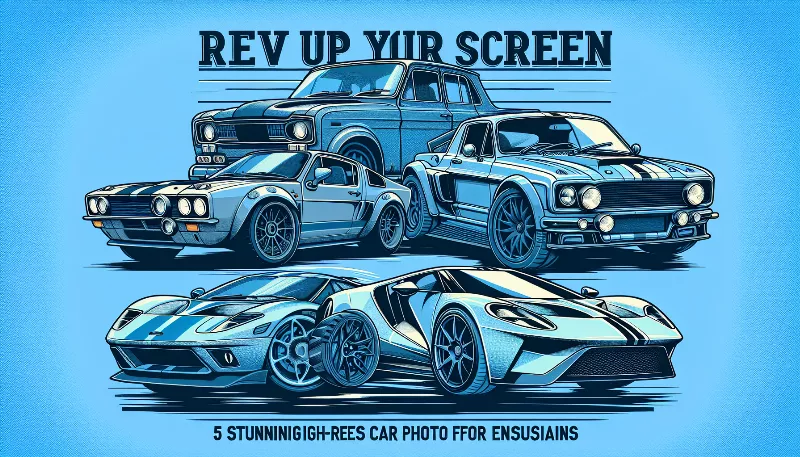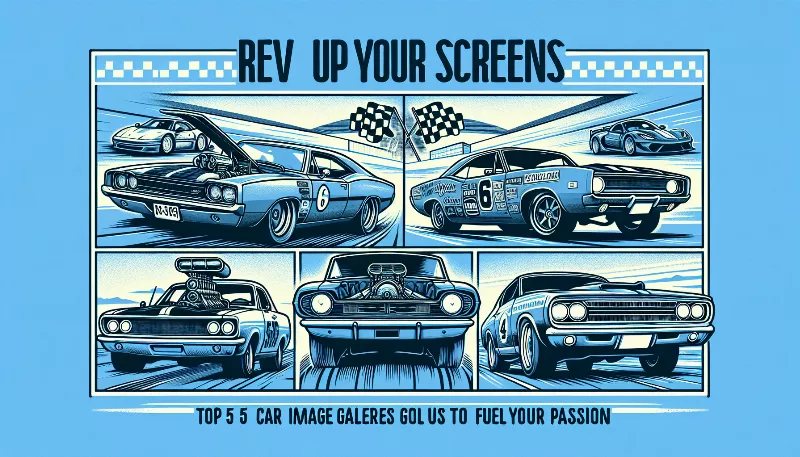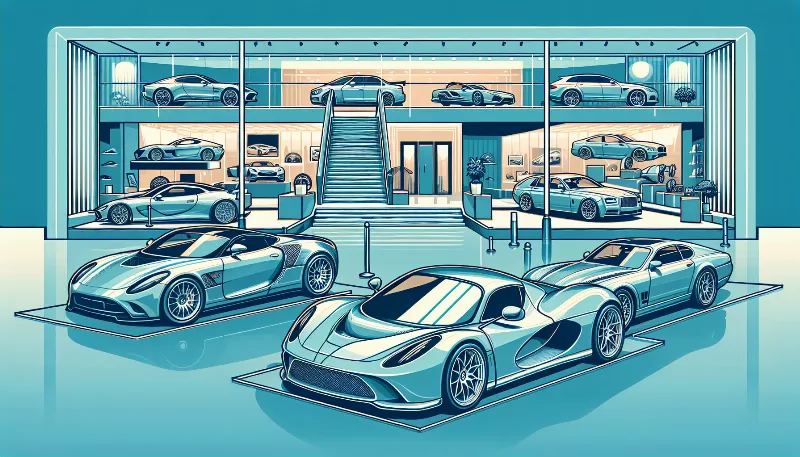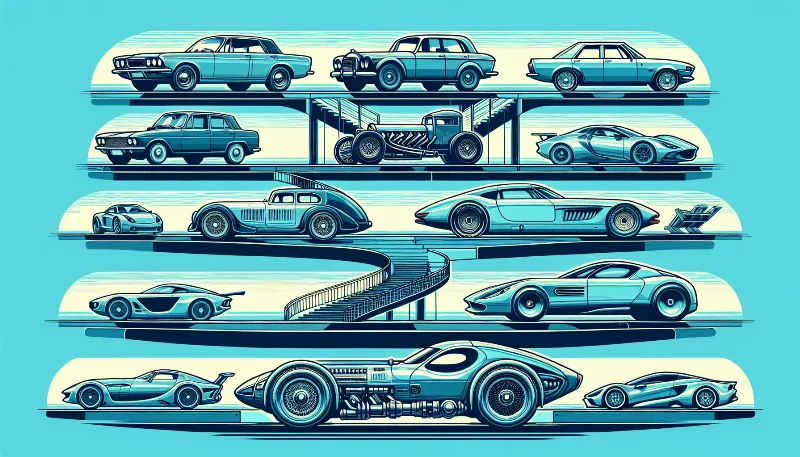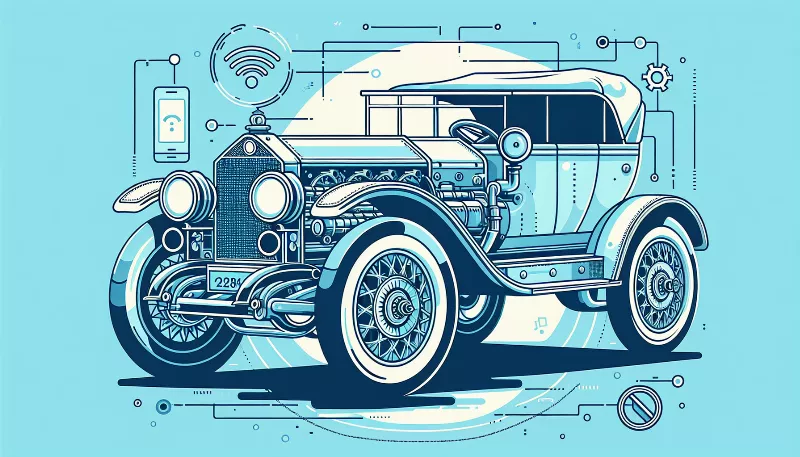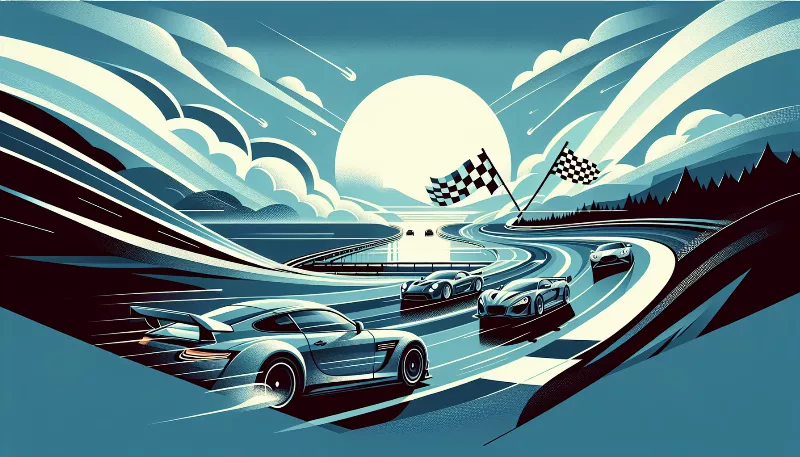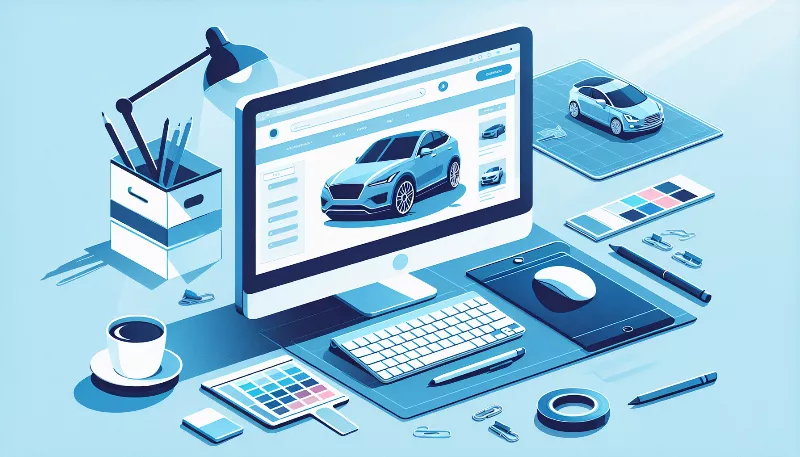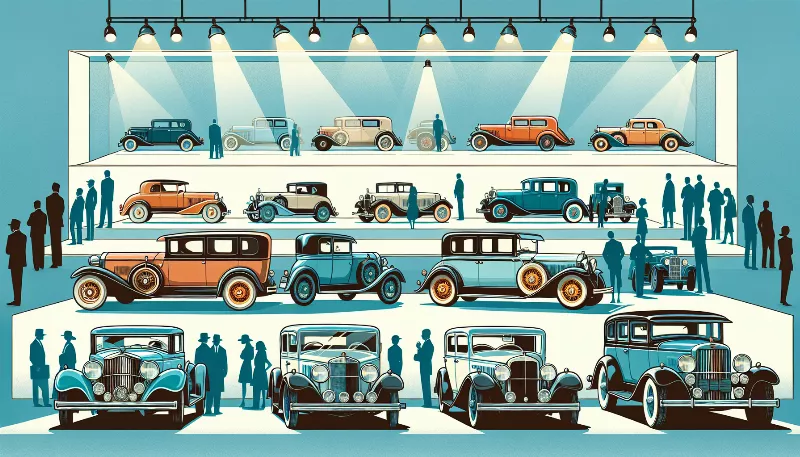Shutter Speed & Steel Beauties: Mastering Vintage Car Photography
Capture the essence of classic autos with our expert tips on vintage car photography. Perfect your shutter speed for stunning, timeless shots!
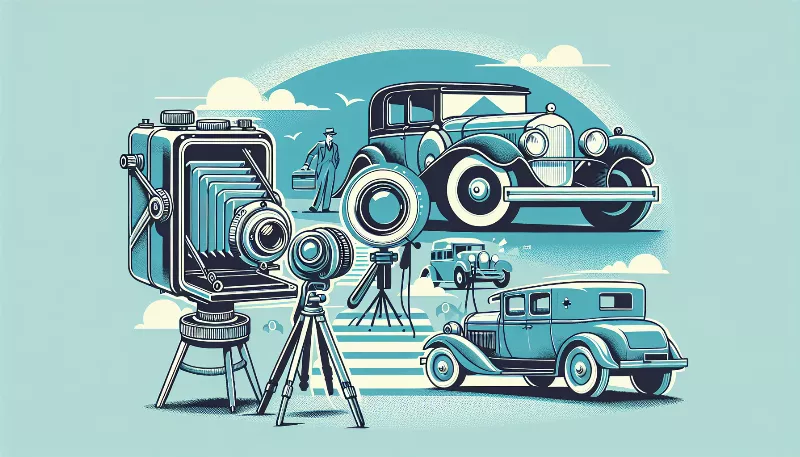
Introduction to Vintage Car Photography
There's something undeniably alluring about vintage cars—their classic lines, the gleam of well-maintained chrome, and the stories they carry through the decades. Capturing these steel beauties in photographs is not just about preserving their elegance; it's an art form that combines passion, skill, and a touch of nostalgia. In this article, we'll dive into the world of vintage car photography and explore how mastering shutter speed can help you take stunning images that do justice to these timeless machines.
The Magic of Shutter Speed
Shutter speed is one of the three pillars of photography, alongside aperture and ISO. It refers to the length of time your camera's shutter remains open to expose light onto the camera sensor. Fast shutter speeds freeze motion, while slow shutter speeds create a sense of movement or blur. When photographing vintage cars, you'll want to choose your shutter speed based on the effect you're aiming for—whether it's a crisp shot of a stationary car or a dynamic image that captures the essence of speed.
Stationary Beauty: Capturing the Details
When photographing a stationary vintage car, your goal is to capture the intricate details that make it unique. A fast shutter speed is essential here, as it will help you freeze any subtle movements, like a gentle breeze fluttering the hood ornament or leaves falling around the car. Set your camera to a shutter speed of at least 1/200th of a second to ensure sharpness. Use a tripod if necessary, especially in low-light conditions where a slower shutter speed might be required to avoid underexposure.
In Motion: Conveying Speed and Grace
If you're capturing a vintage car in motion, the shutter speed becomes even more critical. You'll want to convey the sense of speed and elegance that these vehicles embody. Experiment with panning—a technique where you move the camera along with the moving subject at a slower shutter speed (such as 1/60th of a second). This method keeps the car sharp while blurring the background, giving the impression of movement and speed. Practice makes perfect with panning, so don't be discouraged if your first attempts aren't successful.
Lighting: The Key to Making Metals Shine
Lighting plays a pivotal role in car photography. The best light for photographing cars is during the golden hours—shortly after sunrise or before sunset—when the light is soft and diffused. This kind of light accentuates the curves and lines of the car without creating harsh reflections. Overcast days can also provide excellent lighting conditions by acting as a natural diffuser, giving you a chance to shoot throughout the day without the harsh midday sun.
Composition and Perspective: Framing Your Masterpiece
Composition is crucial in vintage car photography. Consider different angles and perspectives to showcase the car's design. Low angles can make the car look more imposing and powerful, while eye-level shots allow for a more personal and detailed view. Don't forget to pay attention to the background—choose a setting that complements the car and doesn't distract from it. Whether it's an open road, a vintage gas station, or a simple, clean backdrop, the right environment can elevate your photograph from good to great.
Post-Processing: The Final Polish
Post-processing is the final step in bringing out the full potential of your vintage car photographs. Adjusting contrast, sharpness, and color balance can help enhance the image and draw attention to the car's best features. Be careful not to overdo it; the aim is to improve the photo while maintaining a natural look that respects the car's authenticity.
Conclusion: The Art of Vintage Car Photography
Mastering vintage car photography is a rewarding challenge that combines technical skill with creative vision. By understanding and experimenting with shutter speed, lighting, composition, and post-processing, you can produce captivating images that celebrate the beauty and heritage of these steel icons. So grab your camera, find a vintage beauty, and start creating your own automotive masterpieces!

